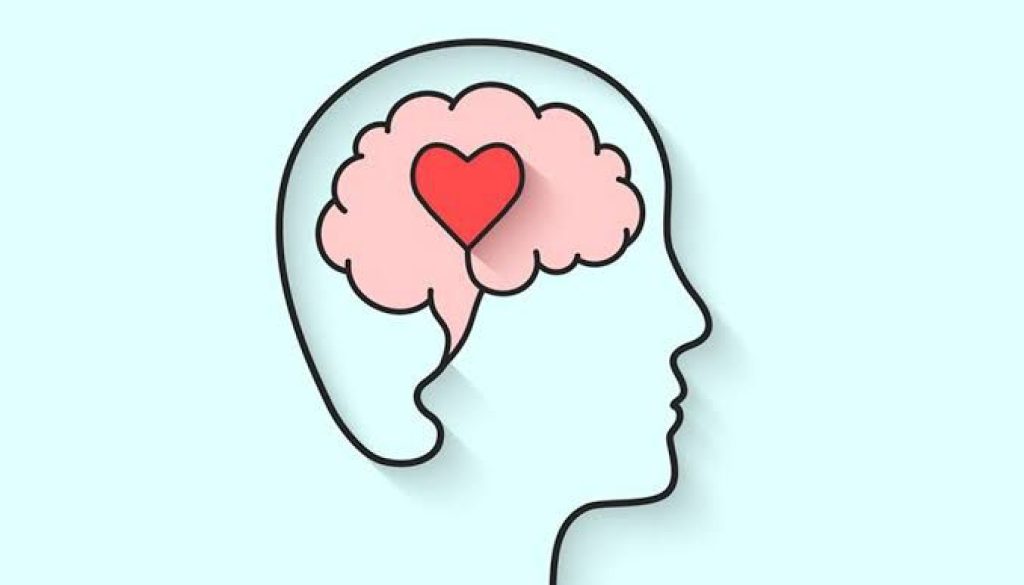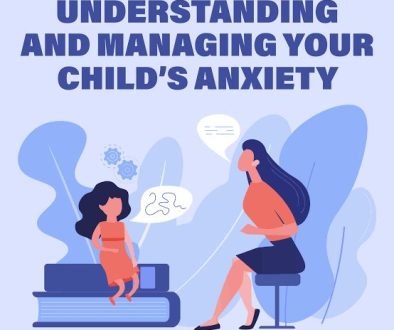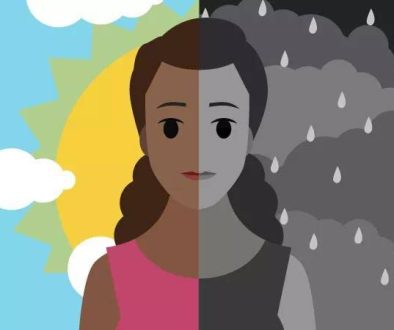UNDERSTANDING ANXIETY DISORDERS
Understanding and Managing Anxiety Disorders
Anxiety disorders are a group of mental health conditions characterized by excessive fear, worry, and anxiety that interfere with daily life. According to the National Institute of Mental Health (NIMH), anxiety disorders affect approximately 19.1% of adults in the United States, making them the most common mental illness in the country.
Types of Anxiety Disorders
There are several types of anxiety disorders, each with distinct symptoms and characteristics:
1. Generalized Anxiety Disorder (GAD): Excessive and persistent worry about everyday things, even when there’s no apparent reason to worry.
2.Panic Disorder: Recurring panic attacks, which are intense episodes of fear or discomfort that peak within minutes.
3. Social Anxiety Disorder: Fear of social or performance situations in which the person is exposed to possible scrutiny by others.
4.Specific Phobias: Irrational fear of a specific object, situation, or activity.
5.Obsessive-Compulsive Disorder (OCD):Recurring, intrusive thoughts (obsessions) and repetitive behaviors (compulsions).
6.Post-Traumatic Stress Disorder (PTSD):Anxiety that develops after experiencing a traumatic event.
General Symptoms of Anxiety Disorders
Anxiety disorders can manifest differently in different people, but common symptoms include:
– Persistent worry or fear
– Restlessness, feeling on edge
– Difficulty concentrating
– Sleep disturbances
– Rapid heartbeat, sweating, trembling
– Nausea, abdominal discomfort
– Avoidance behaviors
Causes and Risk Factors
Anxiety disorders are complex conditions with multiple causes and risk factors:
– Genetics: Family history of anxiety disorders
– Brain chemistry: Imbalance of neurotransmitters like serotonin and dopamine
– Life events: Trauma, stress, significant changes
– Medical conditions: Chronic illness, pain
– Substance abuse: Alcoho
l, drugs
Management and Treatment
Effective management and treatment of anxiety disorders often involve a combination of:
1. Cognitive-Behavioral Therapy (CBT): Helps individuals identify and change negative thought patterns.
2. Medications: Antidepressants, benzodiazepines, and beta blockers.
3. Relaxation techniques: Deep breathing, progressive muscle relaxation.
4. Exercise and physical activity: Regular exercise reduces anxiety.
5. Mindfulness and self-care practices: Meditation, yoga.
Lifestyle Changes
In addition to professional treatment, lifestyle changes can help manage anxiety:
1. Healthy sleep habits: Establish a consistent sleep schedule.
2. Balanced diet: Avoid caffeine, sugar, and processed foods.
3. Regular exercise: Aim for 30 minutes of moderate exercise.
4. Stress management: Prioritize tasks, set realistic goals.
5. Social support network: Build strong relationships.
Seeking Help
If you or someone you know is struggling with anxiety, consult a mental health professional:
– Psychiatrist: Diagnoses and treats anxiety disorders.
– Psychologist: Provides therapy and counseling.
– Support groups: Connect with others experiencing anxiety.
In conclusion
Anxiety disorders are treatable conditions. By understanding the types, symptoms, causes, and treatment options, individuals can take the first step towards managing their anxiety and improving their quality of life.



